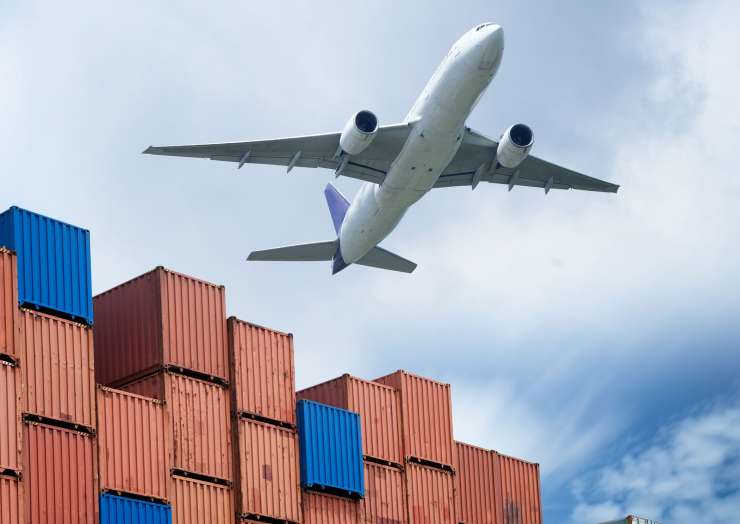In an increasingly interconnected world, where goods traverse continents with unprecedented speed and complexity, the discipline of logistics stands as the silent yet indispensable orchestrator. Far more than just moving items from one point to another, logistics encompasses the meticulous planning, implementation, and control of the efficient, effective forward and reverse flow and storage of goods, services, and related information between the point of origin and the point of consumption. It is the intricate dance that ensures raw materials arrive at factories, finished products reach shelves, and ultimately, consumer demands are met, underpinning the very fabric of global commerce.
The concept of logistics, while ancient in its military origins (managing troop and supply movements), has evolved dramatically in the commercial sphere. In its earliest forms, it was a rudimentary process of simple transportation. Today, however, it is a sophisticated, data-driven science, integral to a company’s competitive advantage, customer satisfaction, and overall profitability. Effective logistics can significantly reduce operational costs, improve delivery times, enhance service quality, and foster greater supply chain resilience. Conversely, inefficient logistics can lead to delays, waste, increased expenses, and a damaged brand reputation.
Key Components of a Robust Logistics System
A comprehensive logistics system is a multi-faceted entity, comprising several critical components that must work in harmony to achieve seamless operations. Each element plays a distinct yet interconnected role in the journey of goods through the supply chain.
Transportation: The Arteries of Trade
At the core of logistics is transportation, which is literally the movement of goods. This component involves selecting the most appropriate modes of transport (road, rail, sea, air, pipeline), planning optimal routes, scheduling deliveries, and managing the fleet or carrier relationships. The choice of transport mode is dictated by factors such as cost, speed, cargo type, distance, and environmental impact. For instance, air freight offers speed for high-value or time-sensitive goods, while ocean freight provides cost-effectiveness for bulk commodities over long distances. Effective transportation management minimizes transit times, reduces fuel consumption, and ensures timely delivery, directly impacting customer satisfaction and operational efficiency.

Warehousing & Storage: Strategic Hubs
Warehousing and storage facilities act as crucial nodes within the logistics network, serving as temporary homes for goods as they move through the supply chain. Beyond mere storage, modern warehouses are sophisticated operational centers equipped for various activities including inventory holding, order fulfillment, cross-docking, and value-added services like kitting or light assembly. The strategic location of warehouses, their layout, and the technologies employed within them (e.g., automated retrieval systems, warehouse management systems) directly influence storage costs, speed of order processing, and overall supply chain responsiveness. Efficient warehousing ensures products are readily available when needed, minimizing stockouts while avoiding excessive inventory buildup.
Inventory Management: Balancing Supply and Demand
Inventory management is the critical process of tracking and controlling the stock of goods a company holds. Its primary goal is to strike a delicate balance between having enough inventory to meet customer demand without incurring excessive holding costs or risking obsolescence. This involves forecasting demand accurately, determining optimal reorder points, managing lead times, and implementing inventory strategies such as Just-In-Time (JIT) or Safety Stock. Effective inventory management reduces capital tied up in stock, minimizes waste, and ensures that products are available when and where they are needed, directly impacting a company’s financial health and its ability to fulfill orders reliably.
